DIE HARD was released 35 years ago today. Acclaimed as one of the great action movies and the film that catapulted the career of Bruce Willis, the making of story is bigger than the Nakatomi…
A THREAD
1/44




A THREAD
1/44




In 1979, police officer-turned-author Roderick Thorp wrote Nothing Lasts Forever, inspired by a dream he had of armed assailants chasing a man through a building. Inspired by The Towering Inferno, 20th Century Fox bought the rights to adapt it for the big screen.
2/44



2/44
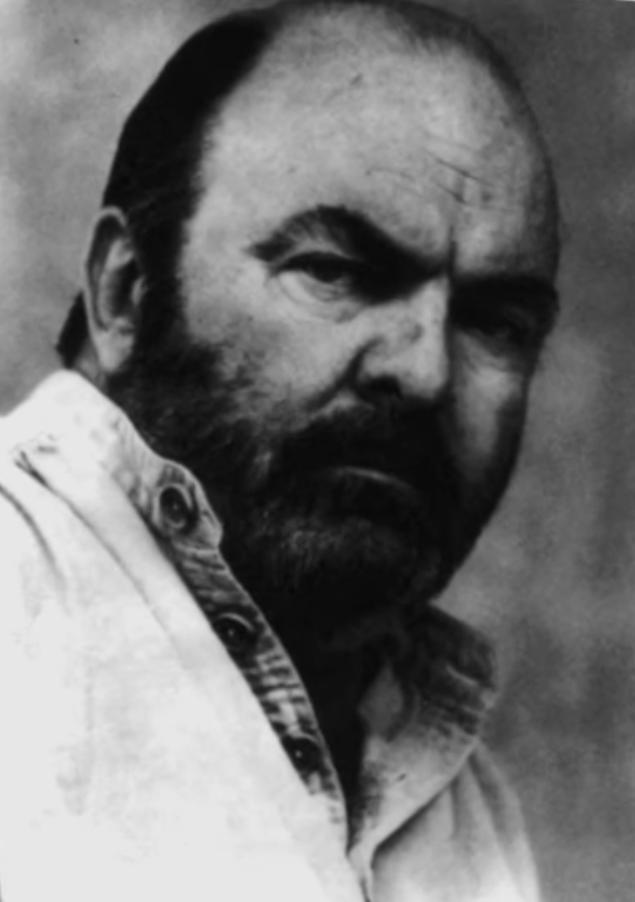


In 1987, writer Jeb Stuart was hired to adapt Nothing Lasts Forever. He was struggling with it until one night, after a row with his wife, he came up with the idea of a making the lead a man who should've said sorry to his wife but didn’t, and something really bad happens.
3/44


3/44


Once the script was greenlit Joel Silver was brought in produce. He told Stuart “It’s nothing personal, but you’re fired. I love the script, but I don’t know you and I gotta make a movie fast”. Silver brought in Steven E. de Souza, who he’d worked with on Commando.
4/44



4/44
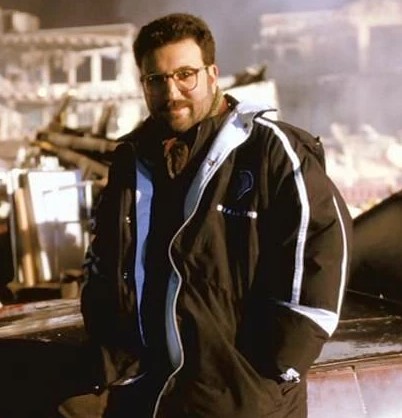
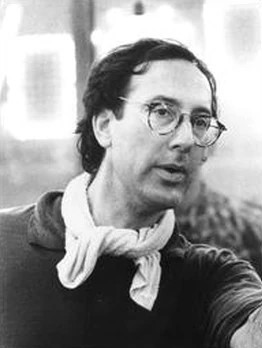
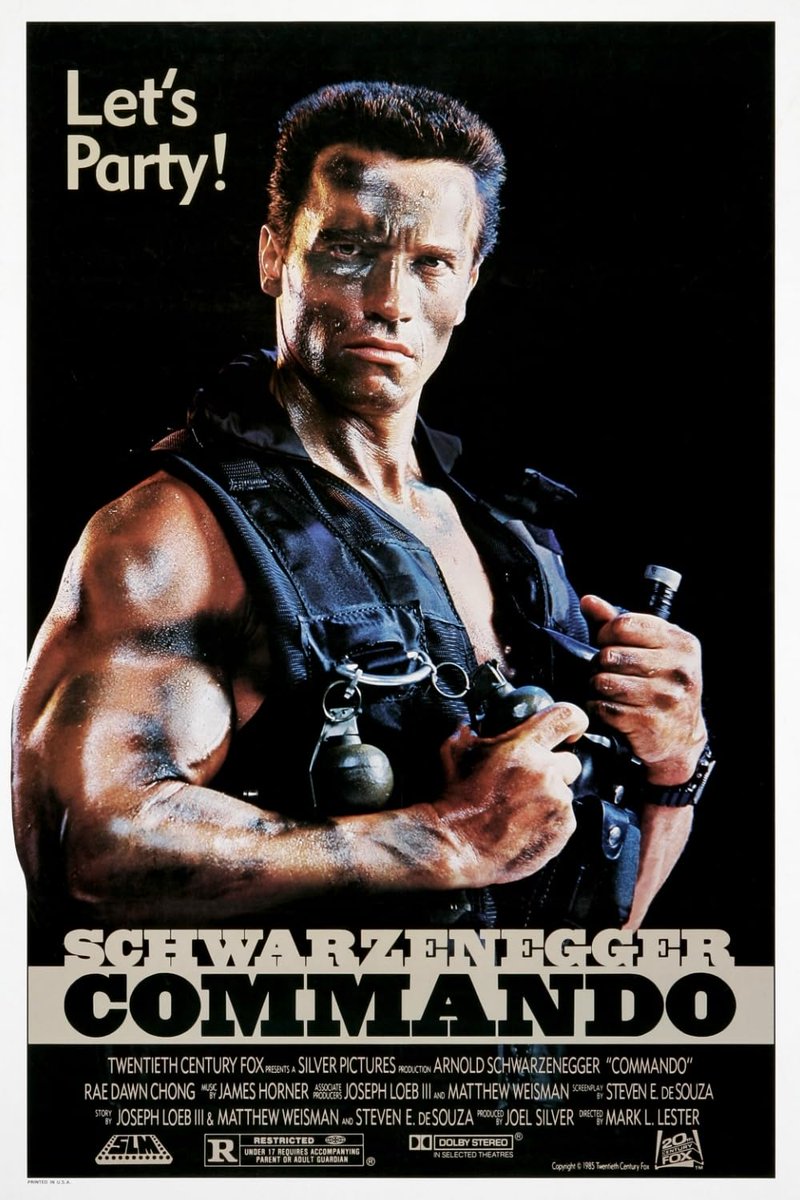
Paul Verhoeven was approached to direct, having just done RoboCop. Silver said “he was so hot” but he passed. Predator director John McTiernan was then approached but also passed, saying he didn’t like the main character of the terrorist angle.
5/44




5/44



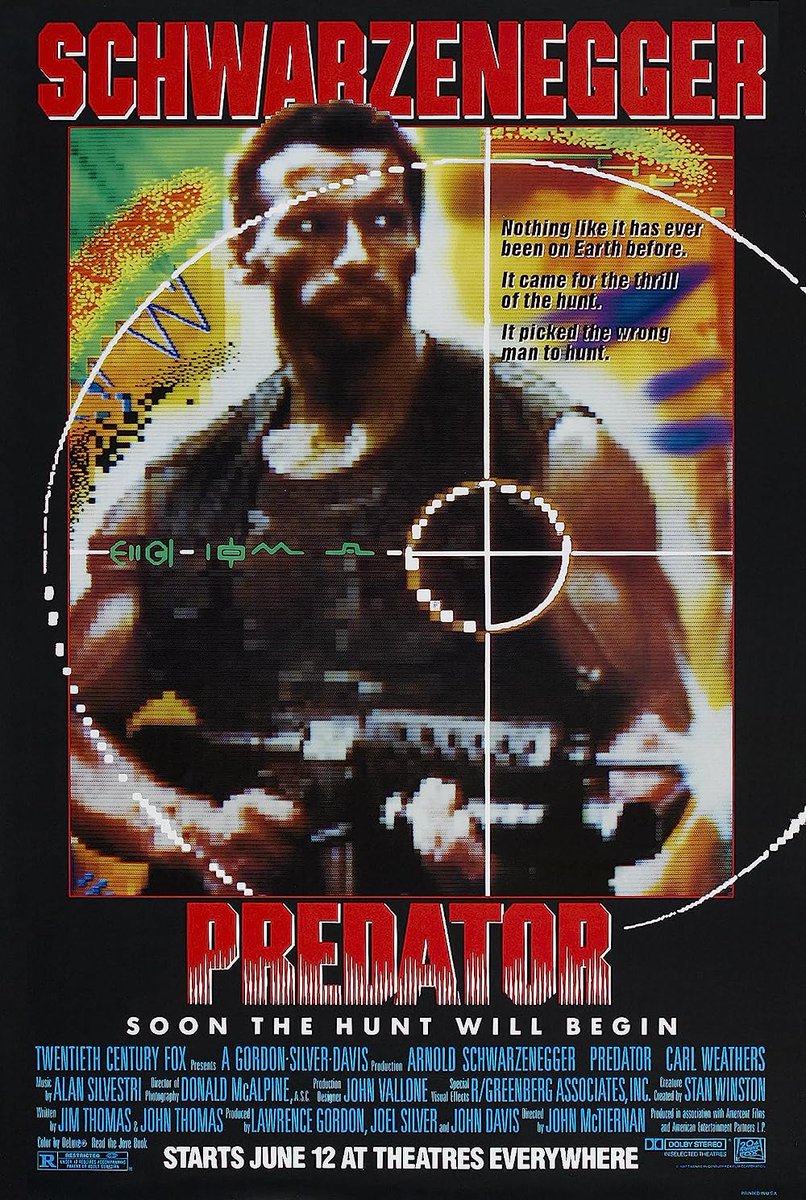
Silver didn’t give up and kept sending McTiernan the script. Eventually he said “if you let me figure out how to make this fun, I’ll do it.” A key decision was to use the terrorists as a front for robbers as, McTiernan reasoned, “robbers are fun.”
6/44


6/44


In 1968, Frank Sinatra starred in a film called The Detective - an adaptation of the novel to which Nothing Lasts Forever was a sequel. As such, Fox were contractually obliged to offer 72 year old Sinatra the role of McClane. He declined saying “I’m too old and too rich.”
7/44


7/44
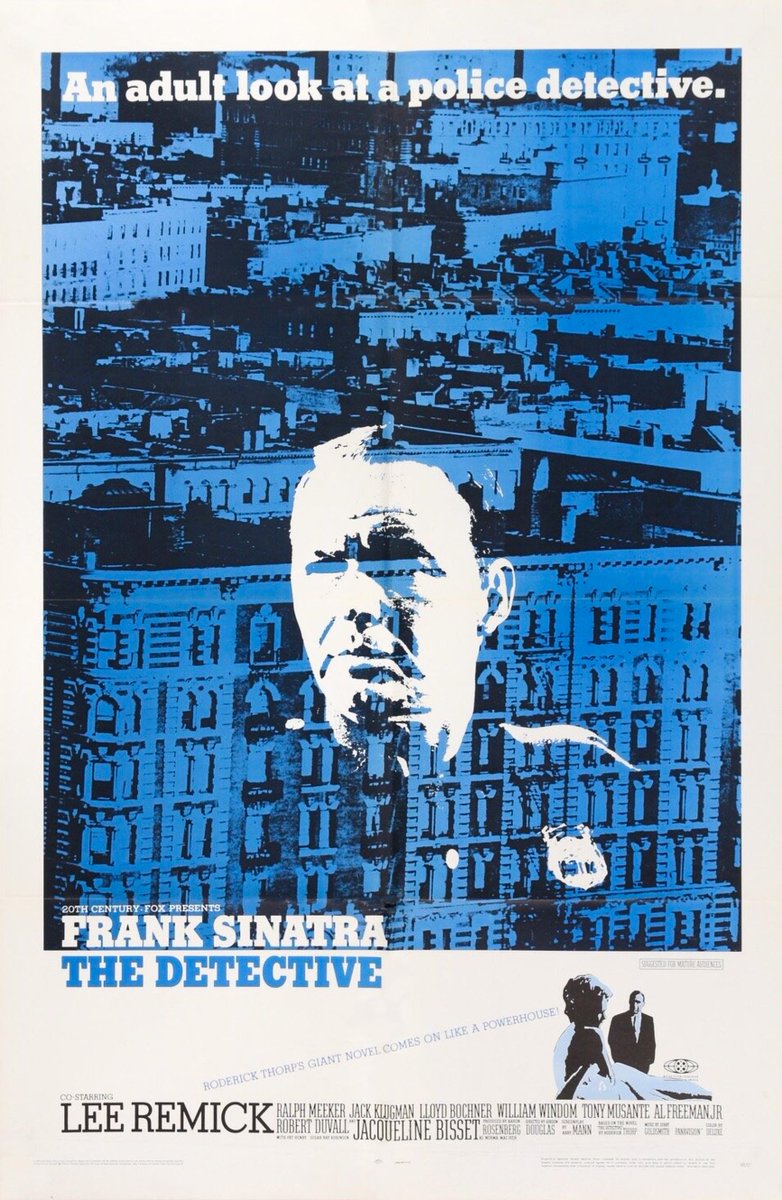
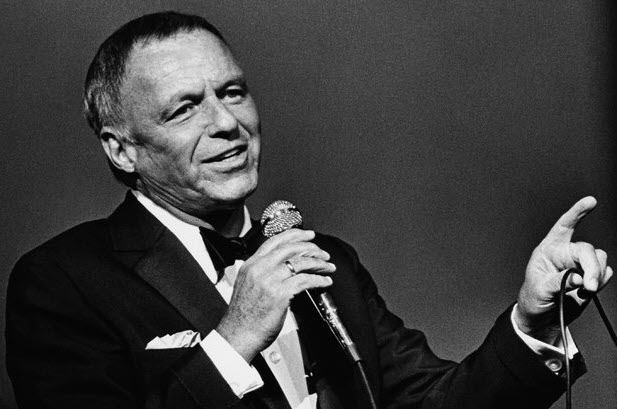
Clint Eastwood said no as he didn’t get the humour. Paul Newman turned it down as he’d decided not to carry a gun in films any more. Al Pacino was in the frame at one point. And, reportedly, Richard Gere was who Jeb Stuart had in mind when he wrote the first draft.
8/44




8/44




Joel Silver was on a flight with agent Arnold Rifkin who suggested his client Bruce Willis. Silver thought Willis had a James Cagney look and was interested. Willis was contracted to TV show Moonlighting but when co-star Cybill Shepherd fell pregnant, Willis was in.
9/44


9/44
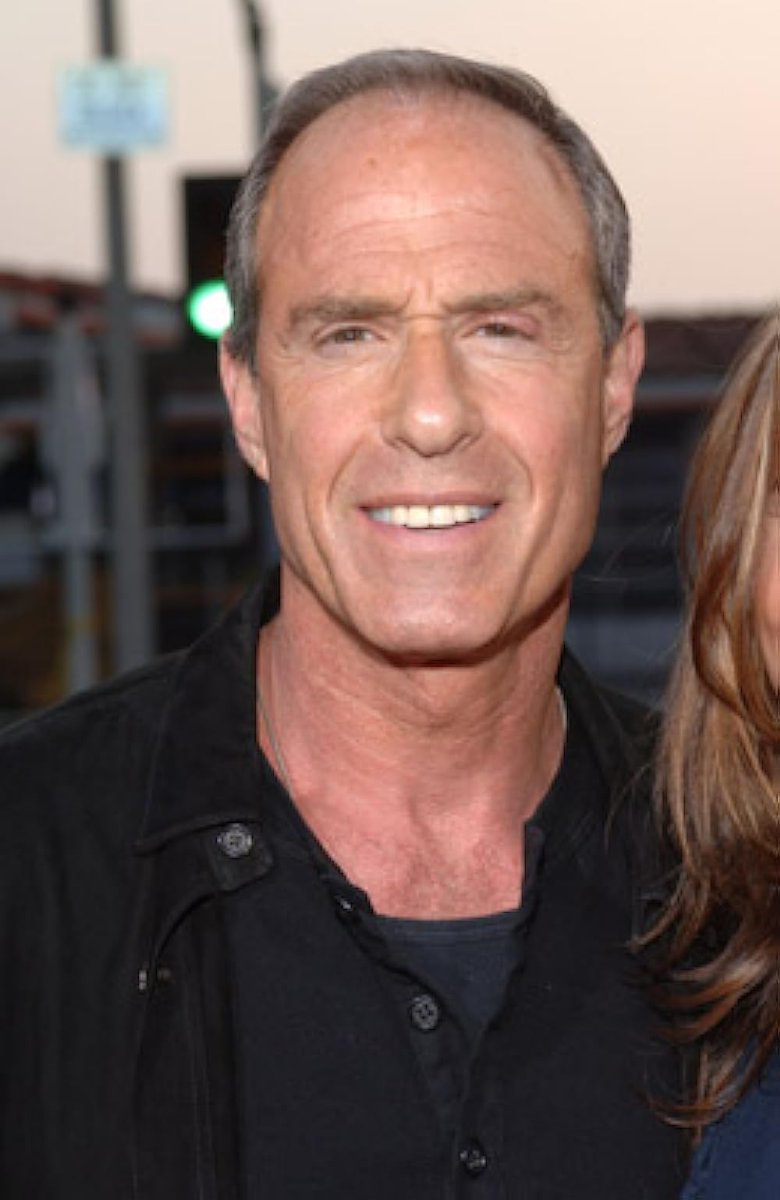

Willis was paid $5 million for the role. A huge figure for a TV star and it had a lasting impact on the industry. Wills said “the next day, every actor’s salary rose to $5 million, I didn’t get a Christmas card or anything”.
10/44




10/44

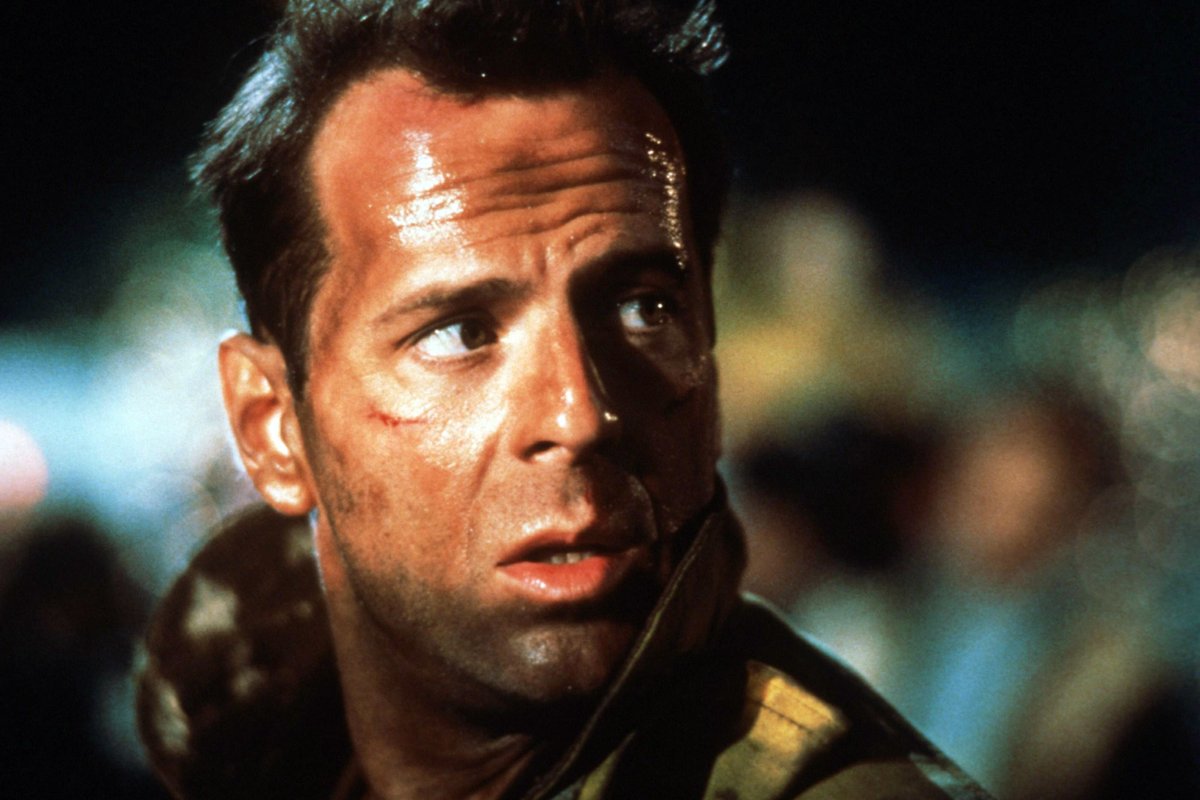


In casting female lead Holly, Willis had seen Bonnie Bedelia’s performance in Heart Like A Wheel and agreed with the casting director Jackie Burch that Bedilia would be perfect for McClane’s wife bringing heart, warmth and strength to the role.
11/44




11/44




The main villain is Hans Gruber, and Jackie Burch had Alan Rickman in mind from the get go. She became aware of him when she was casting Red Heat, he wanted to play a Russian heavy. A stage actor at the time, Die Hard was Rickman’s debut feature.
12/44


12/44
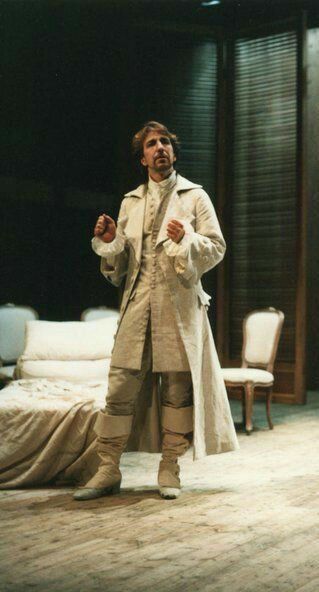
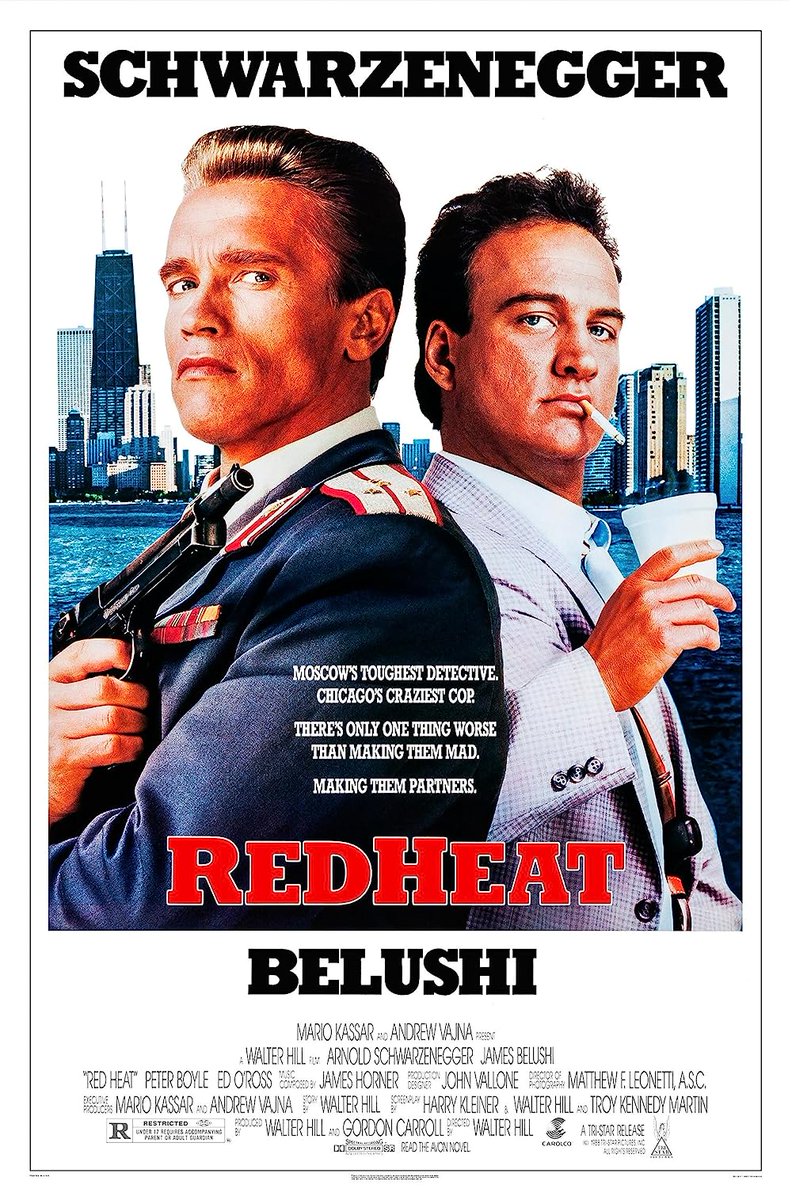
Rickman had concerns saying “I said, ‘what the hell is this, I’m not doing an action movie’”. He was convinced by his agent and said he saw Hans as the other side of the same coin to McClane: cosmopolitan, elegant, elitist. Everything that McClane wasn’t.
13/44




13/44

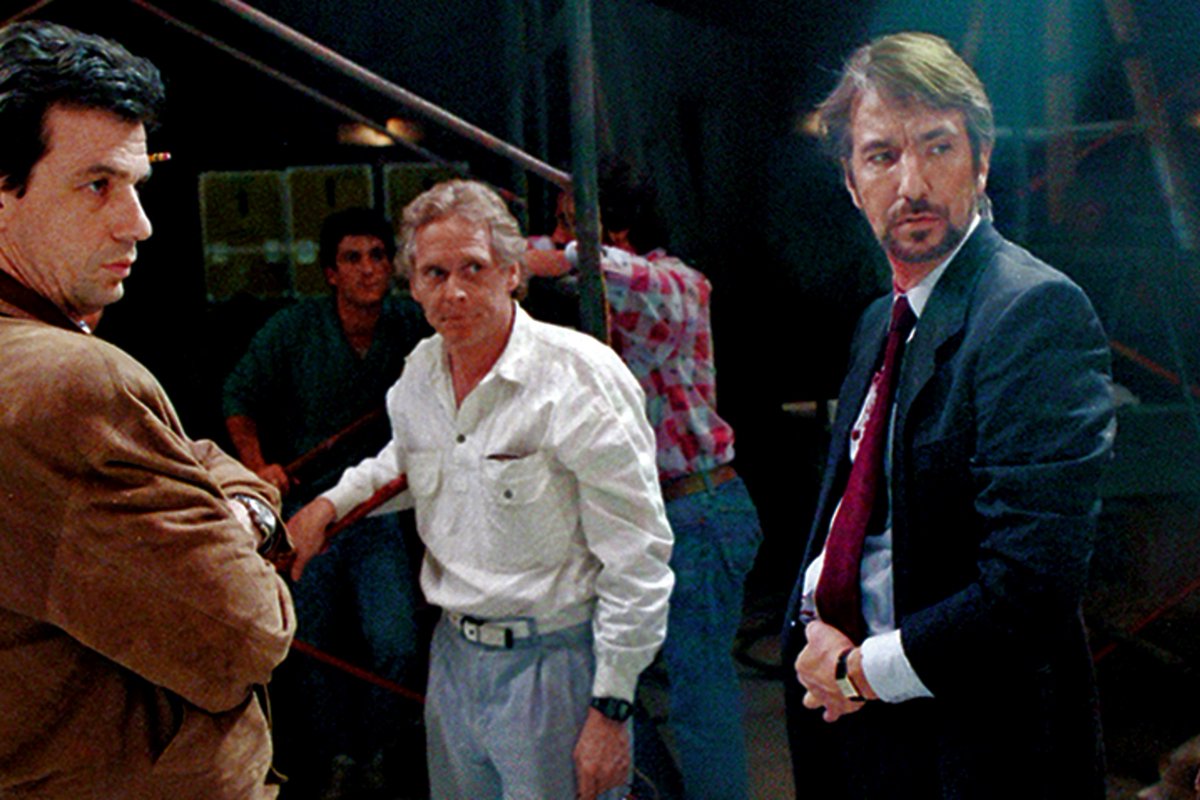
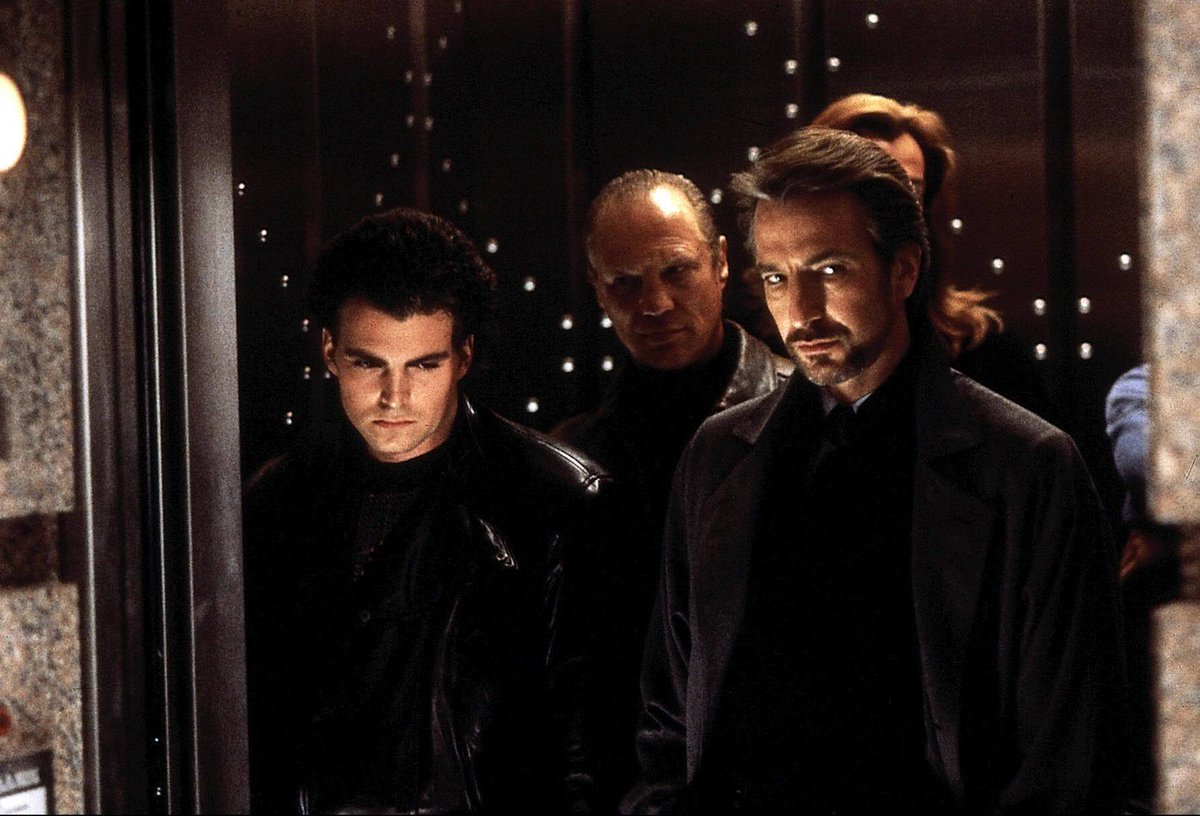

McTiernan wanted Robert Duvall as Al Powell but Jackie Burch pushed for Reginald VelJonson having cast him in past roles. She said she wanted to surround McClane with actors that gave him warmth, depth and credibility and VelJohnson fit the bill. McTiernan was convinced.
14/44


14/44


VelJohnson was living in his mother’s basement and hadn’t acted for some time. When he was cast, he went on ride-alongs with police officers to get some first hand knowledge and to understand the angst coming out of his character.
15/44


15/44

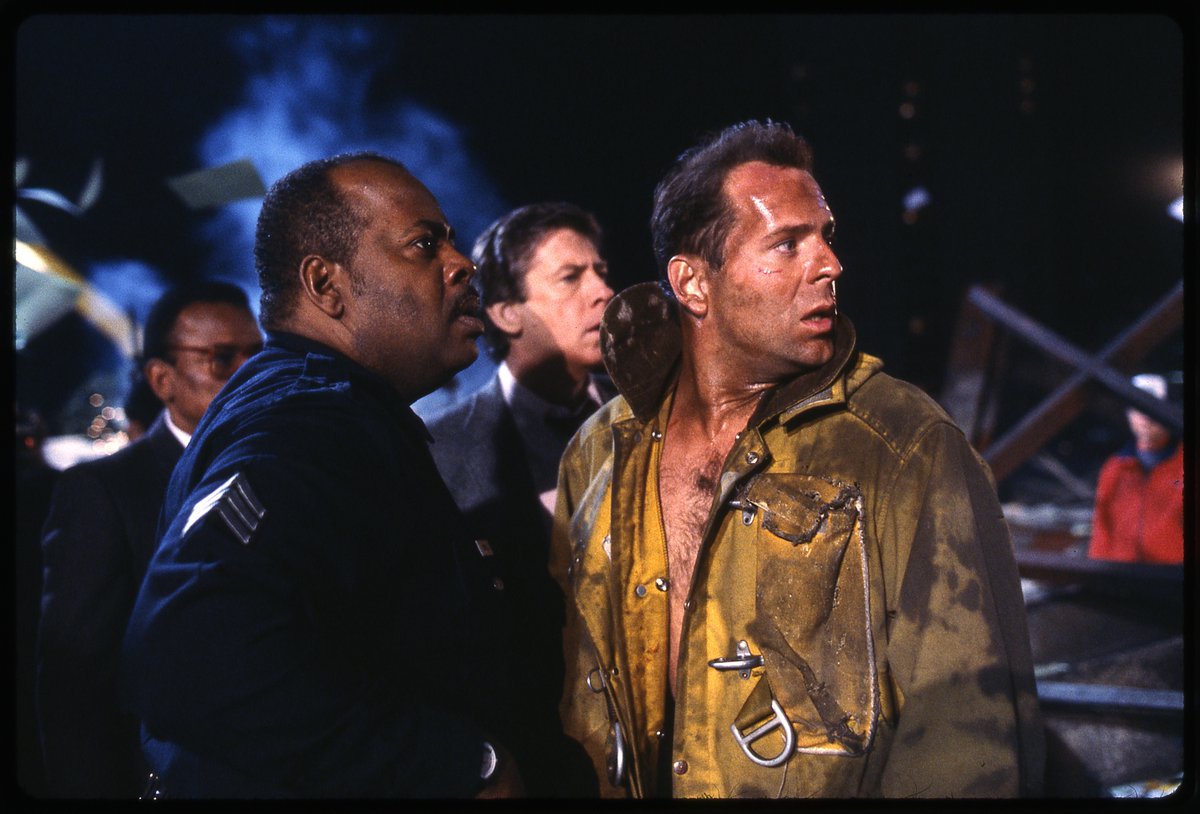
Gruber’s main henchman was Karl, played by Russian ballet dancer Alexander Godunov. Silver targeted him for the role and brought him into the Fox offices to meet Jeb Stuart to discuss the part. Stuart said “He was just a perfect physical specimen”.
16/44


16/44
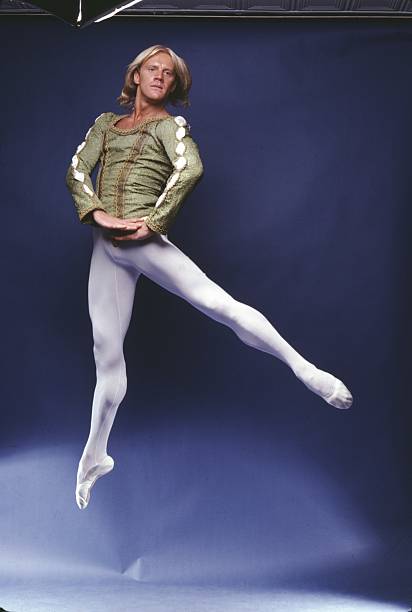

The dialogue in the argument below between Holly and McClane came about from Bedelia and Willis improvising. De Souza just let them go and took notes and incorporated the improvements in dialogue into the script
17/44
17/44
McClane’s catchphrase is “Yippee-ki-yay mother****er”. De Souza claims the line was his, Willis said he came up with it. Either way, it’s a reference to a lyric in the song I’m an Old Cowhand covered by Roy Rogers – McClane names himself after Rogers in the film.
18/44


18/44


Joel Silver wanted to make a movie called Die Hard. He got it from writer Shane Black: it was the first title for The Last Boy Scout. Roderick Thorp was furious about the change and spoke to Silver but Silver said “The best thing that happened to your book is this movie”.
19/44



19/44



Another note of Silver’s was that the building doesn’t explode. Stuart said it would be a failure for McClane. Silver replied “I’m not gonna make someone pay $12 for a movie ticket and stand in the rain for 2 hours and then the top of the f***ing building doesn’t blow up.”
20/44


20/44


Steven E. de Souza was brought in to inject some humour into the script. He added McClane’s line “no f***ing shit lady, do I sound like I’m ordering a pizza” and also McClane writing on Tony’s sweatshirt, below…
21/44
21/44
Since seeing A Clockwork Orange, McTiernan had wanted to use Beethoven’s Ode To Joy in the film. Composer Michael Kamen suggested another piece from A Clockwork Orange, Singin’ in the Rain. This is woven into the score and can be heard during the SWAT team’s attack.
22/44


22/44


Because of Moonlighting obligations, Willis had a 6 week window to shoot. So they shot all his scenes first, then the following 6 weeks they did shots that didn’t have Willis in. He then came back to shoot the scenes where the Atrium is destroyed at the end of the film.
23/44




23/44


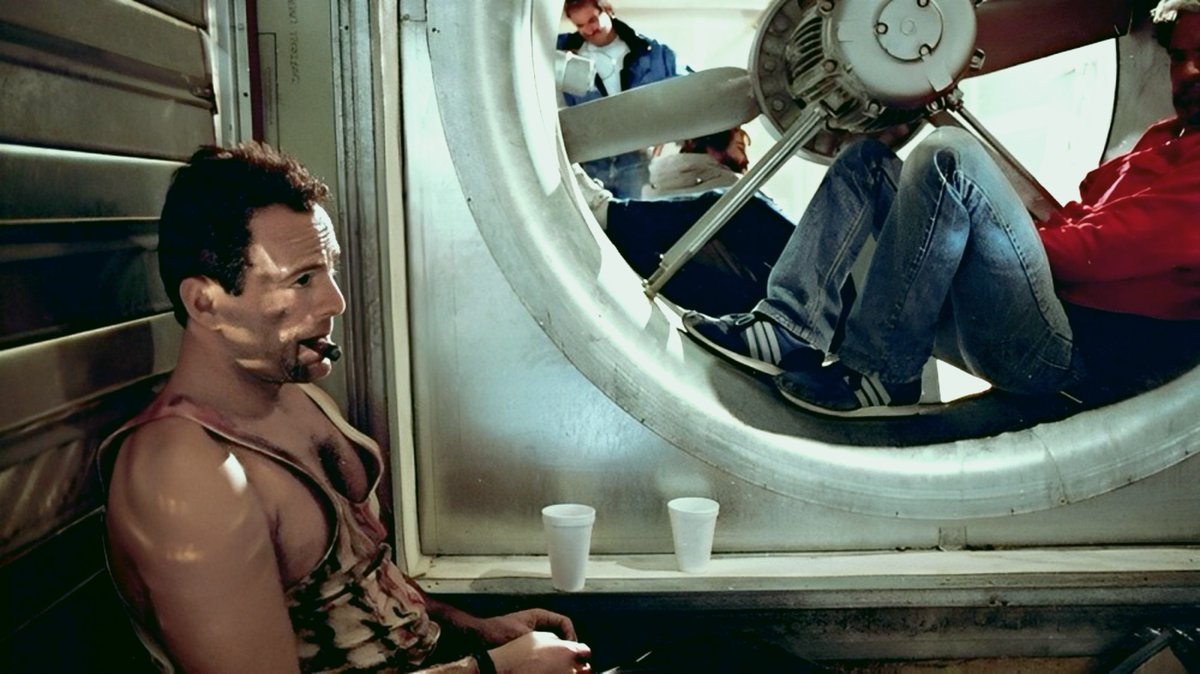

McTiernan had some problems with Willis. Willis would ruin the blocking on certain shots by saying “I don’t think he’d stand here, he’d stand over there”. it turned out Willis was concerned about his thinning hair and wanted to stand in places it wouldn’t show as much.
24/44


24/44


Marylin Vance was the production designer. She had 17 different versions of McClanes vest created in varying degrees of distress. There’s some continuity issues too – the vest starts white, then turns green, before becoming white again.
25/44



25/44
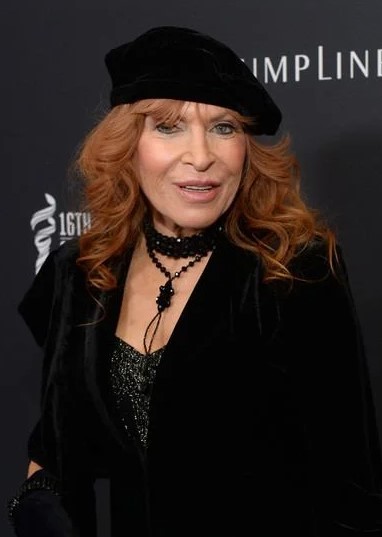


Reginald VelJohnson drove the car for real when it reverses and crashes over the wall. McTiernan said “he’s not a superhero, he’s doing the best he can. So I deliberately made it goofy.” VelJohnson didn’t want to do it but he was eager to please and nailed it in 2 takes.
26/44
26/44
Iconic architect Frank Lloyd Wright shows up a couple of times. The atrium in the Nakatomi was based on FLW’s Fallingwater. And the model bridge in Takagi’s office is an unrealized Frank Lloyd Wright design from 1953 called The Butterfly Bridge.
27/44



27/44



The backing of the city in Holly’s office was actually a 380 feet long painting, painted with led lights – Director of Photography Jan de Bont added the light behind the painting to fill in for the sunset.
28/44



28/44



McTiernan and DP Jan De Bont worked closely together to make the visuals as dynamic and exciting as possible. They did a great job, as shown in our SnapShot compilation…
29/44
29/44
The production crew bought a real vent instead of making one bespoke for Willis. As such, he couldn’t get through it quickly so more dialogue was needed. They were filming at 2am and De Souza wasn’t on set, so Willis improvised the TV dinner line.
30/44
30/44
In the fireball scene, VFX Producer Richard Edlund and his crew created a 23 foot high shaft that tapered to create the illusion it was much bigger. The explosion had to be shot at a lower frame rate, otherwise it moved too fast.
31/44 https://t.co/eWRvFywEgYtwitter.com/i/web/status/1…
31/44 https://t.co/eWRvFywEgYtwitter.com/i/web/status/1…
Hart Bochner played Ellis and improvised a lot of his lines (like “Hans, bubbe…”). McTiernan didn’t like what Bochner was doing with the character. He saw Ellis as more of a Cary Grant type character, but Silver though Bochner was hilarious, so it stayed.
32/44


32/44
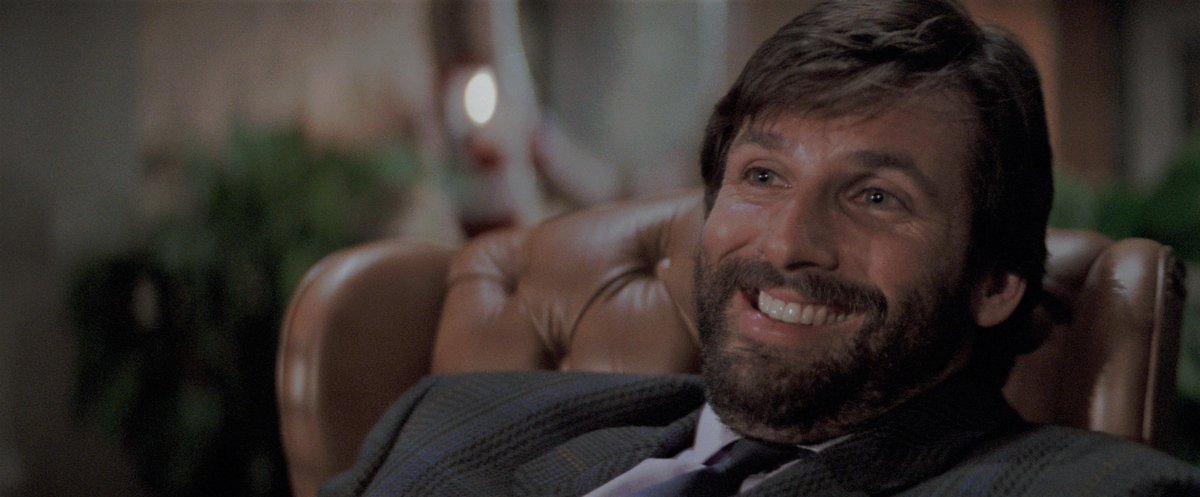

The below scene was originally between Theo and McClane but McTiernan realised he needed Hans and McClane to meet before the end. When he found out Rickman could do an American accent, he had de Souza rewrite the scene.
33/44
33/44
When Rickman jumped down he felt a crack in his knee when he landed. He went to the hospital and was told it was a torn cartilage. He went back on set with crutches and he was standing on one leg when he was holding the gun to McClane in that scene.
34/44


34/44


The name of all the production crew were on this listing where Hans gets the name Bill Clay. In shot you can see the surnames de Souza (writer), de Govia (production designer) and de Bont (DP).
35/44
35/44

In Stuart’s original script, McClane accidentally stood on fluorescent tubing but de Souza changed it to use all the glass in the computer room. They spent $130,000 on safety glass to shoot this scene as safety glass breaks into small cubes.
36/44
36/44
Silicone boots were made to perfectly mold to Willis’ feet for when he runs across the glass. They had a hard rubber sole but were like slippers. The make up team worked to have them blend into Willis’ skin, and in any mid-shots of Willis he’s wearing these skin boots.
37/44


37/44


It took months to persuade the local authorities to allow the filming of the roof explosion with the two choppers. McTiernan had 1 week to shoot but did it all in one night. The choppers flight path was set up with 12 cameras and it all had to planned down to the most minute… https://t.co/ORsVJhLx1Ttwitter.com/i/web/status/1…
The moment McClane jumps from the roof was done on a carpark roof rigged with mortars. Willis’ back was padded and his skin covered in gel to absorb the heat. The jump was 25ft down onto an airbag. The blast pushed Willis to the edge of the airbag – he just made it.
39/44
39/44
Stuntman Ken Bates then filled in for Willis and a decelerator was used to control his fall. Bates was on wires and and the decelerator allowed him to safely free fall, the mechanism kicks in at 50 feet from the ground and comes to a controlled stop.
40/44


40/44


Filming Hans’ iconic fall from the Nakatomi, McTiernan persuaded Rickman to do the stunt himself. The effects co-ordinated said that they’d drop him at the count of 3 but secretly arranged to drop him on 1 to capture genuine fear and terror in Rickman’s eyes.
41/44


41/44
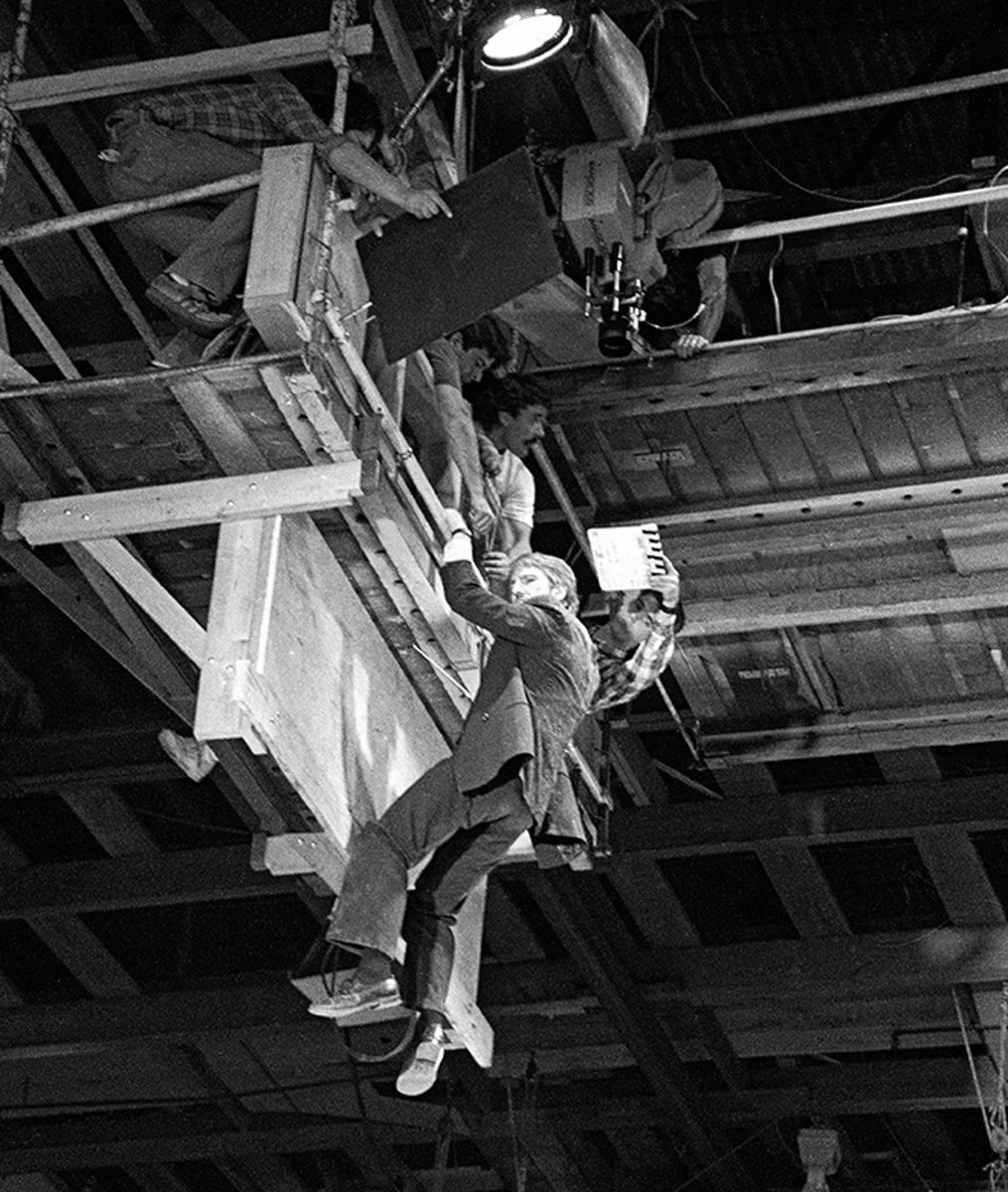

The long shot a Hans’ body tumbling to the ground was that of Ken Bates who used a similar set up that was done for McClane’s descent. There was an airbag at the bottom for additional safety. Bates dropped 318 feet from Fox Plaza without a scratch.
42/44
42/44
Fox weren’t sure how to market the film and 2 weeks before release decided on a poster without Willis’ face on it, deciding an actor known for comedy would not sell an action film. 2 weeks after the film opened as a huge success, Willis’ face was back on the poster.
43/44


43/44

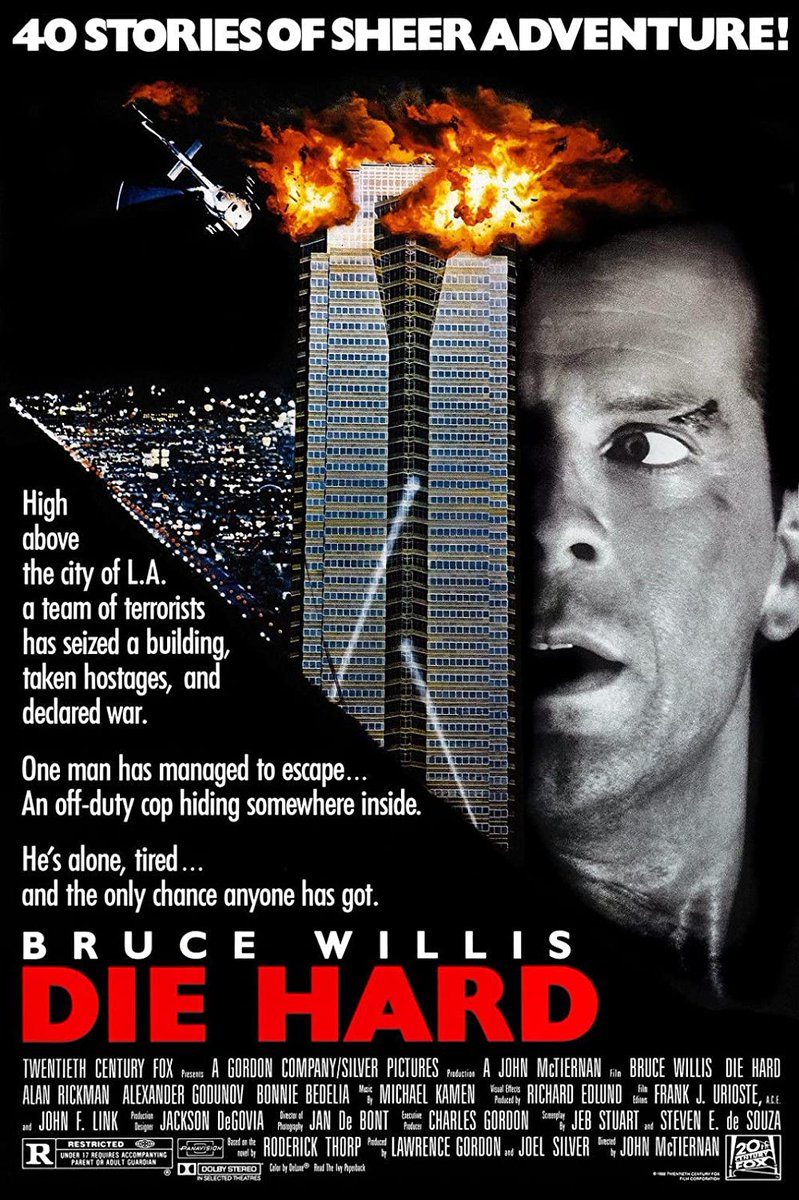
On a $35m budget, the film grossed $141.5m. It quickly became a classic and is today regarded as among the greatest action films ever made.
44/44




44/44
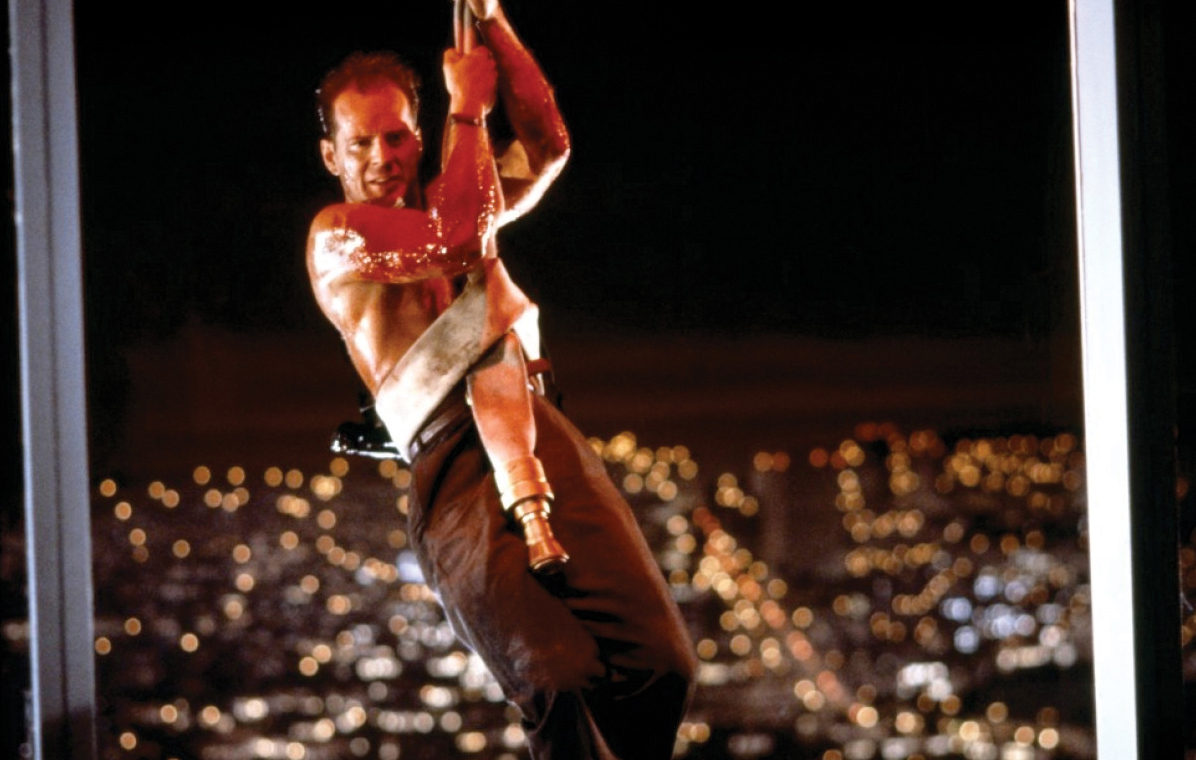



If you liked this thread, please RT the first tweet…
https://twitter.com/ATRightMovies/status/1680155337431687168?s=20
Our latest podcast is on ALL THE PRESIDENT’S MEN. Full of big laughs and opinions so please give it a listen 😀
alltherightmovies.com/podcast/all-th…
alltherightmovies.com/podcast/all-th…
• • •
Missing some Tweet in this thread? You can try to
force a refresh


























































